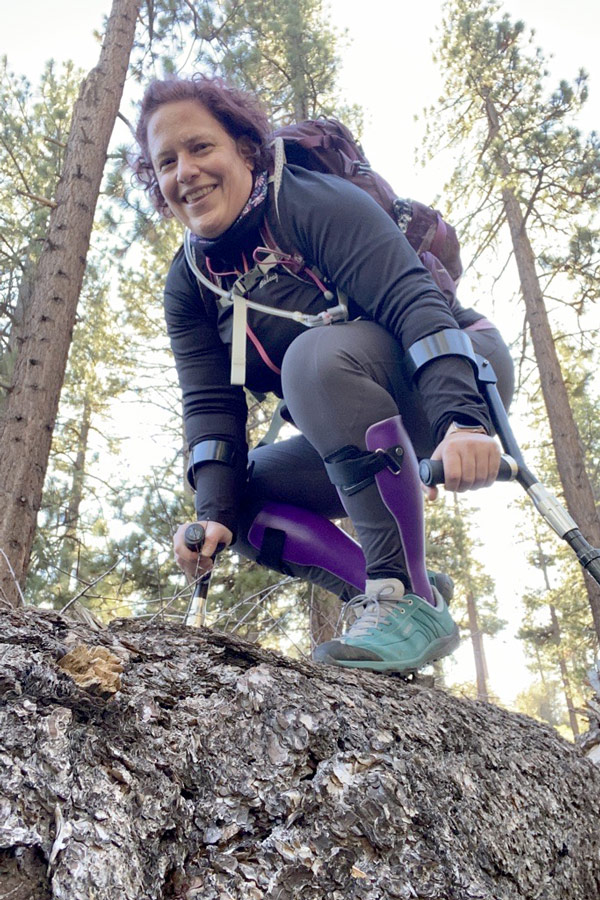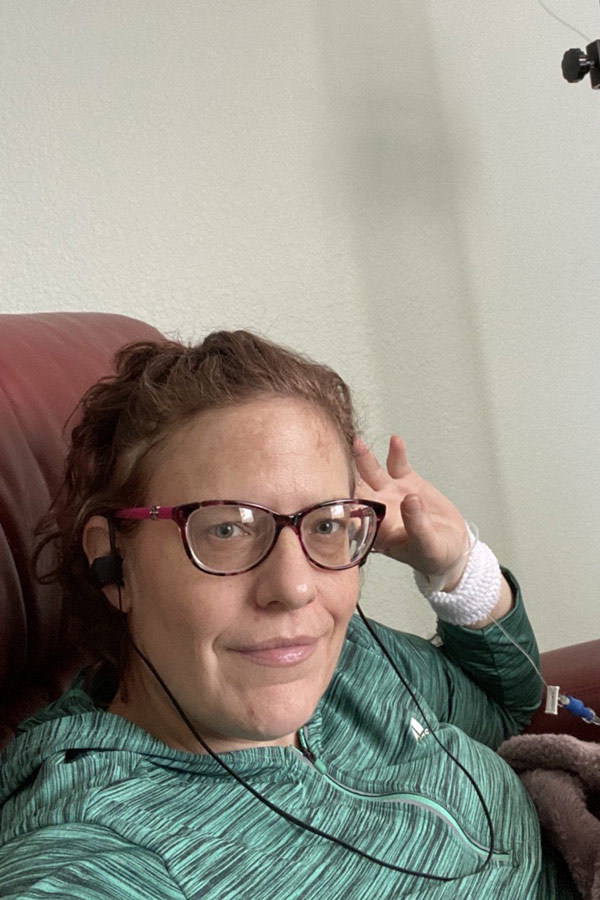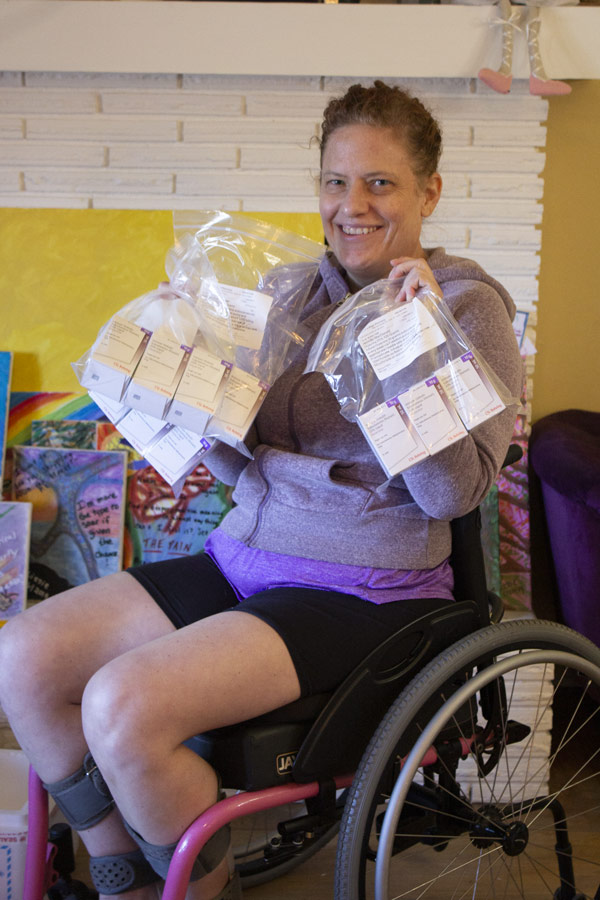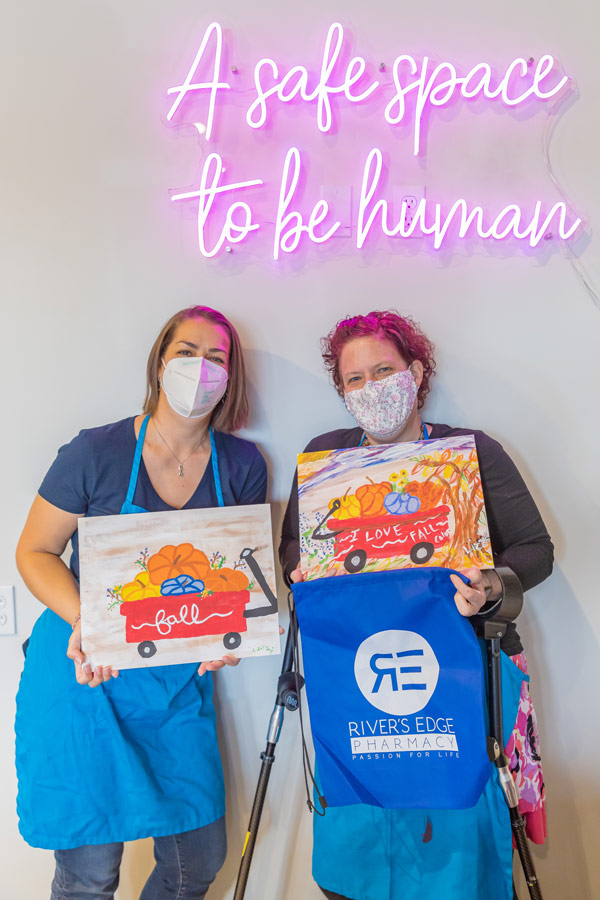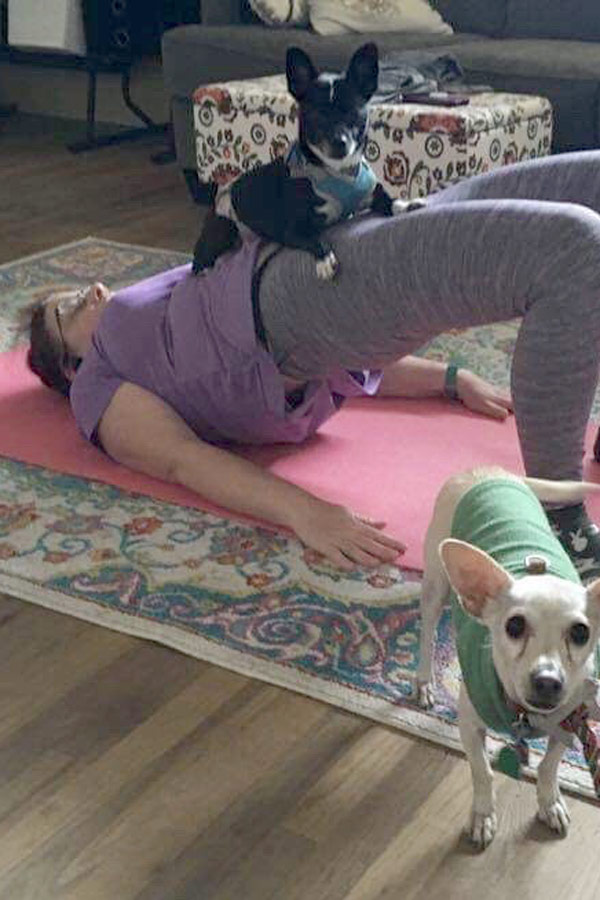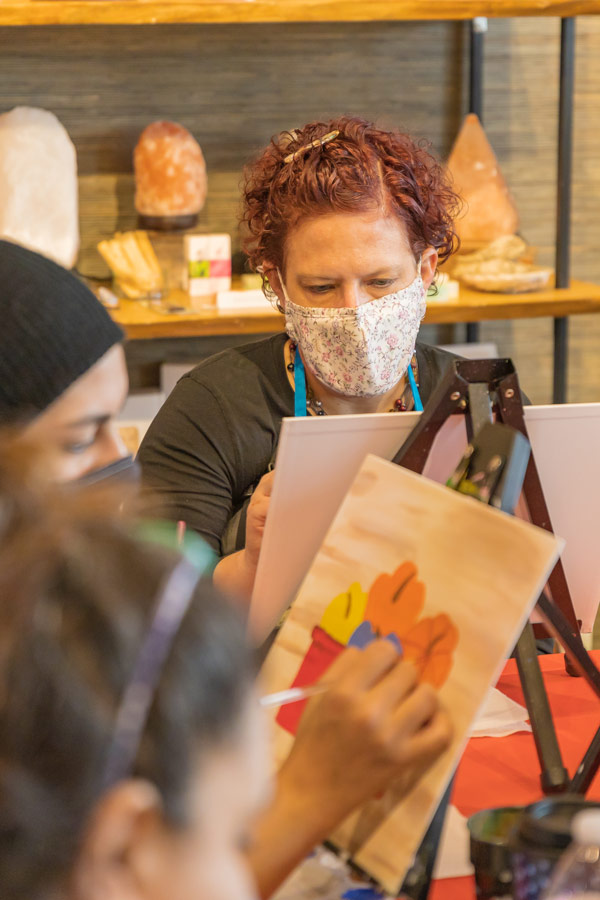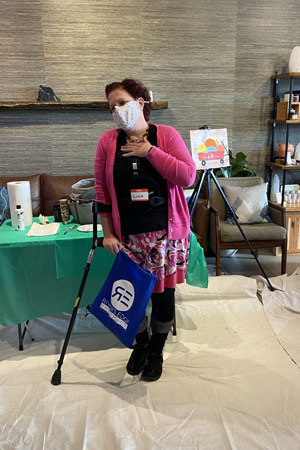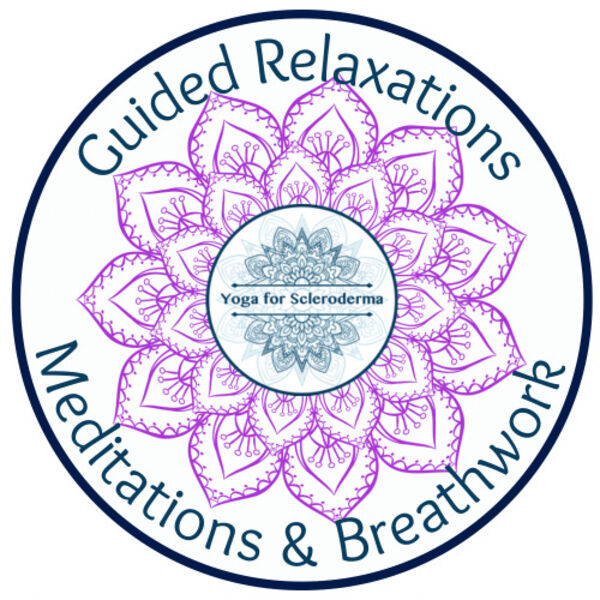Chronic Pain and Sleep
Smoking causes cancer. But what causes smoking?
The link between tobacco and cancer is very well established. Decades of research show that smoking increases the risk of at least 15 different types of cancer. And it’s not “news” anymore. When prompted, 94% of US adults recognize smoking as a risk factor for cancer.
We know that smoking is more common in some populations than others. But if most people know that smoking is bad for them, why do they smoke?
This question is fundamental to understanding inequalities in cancer, and the answer is very complex.
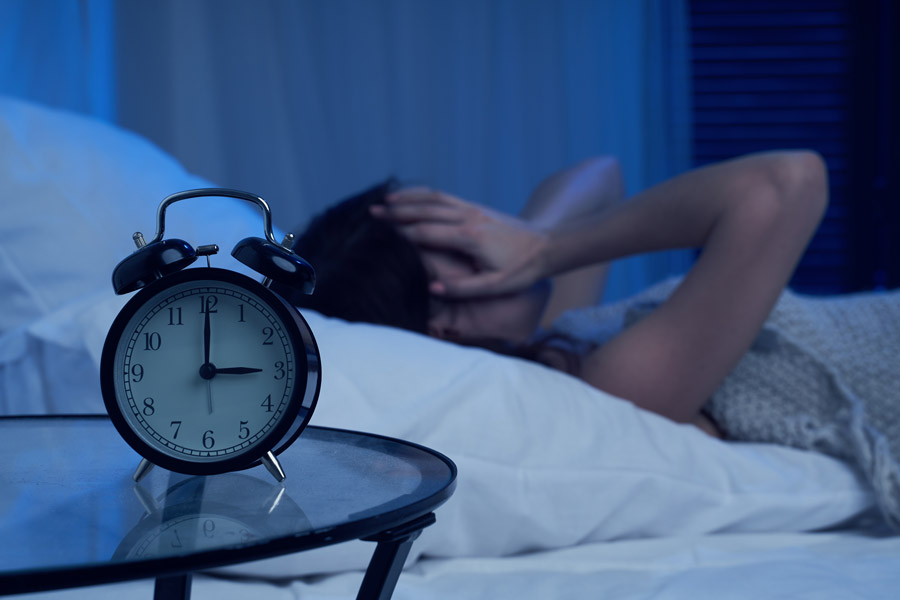
Typical sleep hygiene techniques in isolation often don’t work for those of us living with chronic pain. While shutting off your phone and other electronics in a quiet, dark, cool, room may sound wonderful – and is important for good sleep – chronic pain patients must explore additional techniques.
It is extremely important for chronic pain patients to get adequate sleep. According to Dannielle Pacheco, Staff Writer at SleepFoundation.org, prioritizing sleep is important as chronic pain patients report their pain is alleviated with a good night’s sleep. Poor sleep can become a self-perpetuating cycle of increased pain, insomnia, depression, and anxiety. I’m sure we have all felt the build-up of stress when we have a bad night of sleep or a series of bad nights. Not getting adequate sleep makes it difficult to engage in health-promoting behaviors such as exercise, nutrition, or being able to fulfill obligations necessary to live your life well.
“Sleep and pain appear to have a bidirectional relationship. For instance, many people report their painful symptoms are somewhat alleviated after a better night’s sleep. For those living with chronic pain, prioritizing sleep may be a key component in the path to recovery.”
– Dannielle Pacheco, Staff Writer
SleepFoundation.org

While it can feel nearly impossible to get into a good sleep pattern when faced with chronic pain, you can improve your sleep over time with some commitment to training yourself to sleep while using a variety of techniques offered. Think of training yourself to sleep like an athlete trains for a race. The athlete doesn’t perfectly run a marathon the first time out. But with dedication, the athlete improves length and duration, which leads to confidence to meet his/her goals. Sleep gives our bodies time to rejuvenate and heal. Proper sleep grants more daytime energy.
Some useful tips for pain include:
- Apply heat onto painful joints before bed for 15-20 minutes (you can conversely use ice in sore spots)
- Think about the comfort of your mattress and if it can be changed or improved
- Play around with pillows to prop you up or give support to weak joints
- Get into a regular stretching/exercise routine as suggested by your doctor or physical therapist
- Avoid late-night meals, especially if you are managing a gastrointestinal condition
- Distract yourself with meditation using apps, videos, or YouTube
- Talk to your doctor about medication to help your pain

Perhaps you have heard of all these ideas and still have trouble sleeping or waking up refreshed. There are tips which are slightly less conventional. If you enjoy a snack before bed, perhaps try some of these foods which aid in sleep by containing magnesium, zinc, serotonin, potassium, melatonin, or tryptophan– all nutrients and hormones which relax the body and triggers our brain with extra sleep hormones signaling it’s time to sleep:

Pineapple
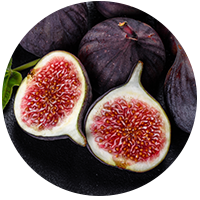
Figs

Bananas

Kiwi

Tart cherries

Sweet corn
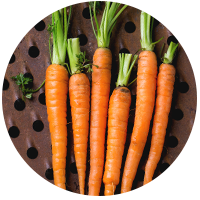
Carrots
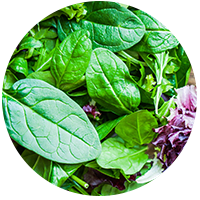
Leafy greens

Sweet potatoes
If you find you can’t fall asleep and are hungry, try one of the fruits or vegetables above. Eating these foods as well as the healthiest diet possible for you filled with fresh foods throughout the day creates an optimal internal environment for good rest.
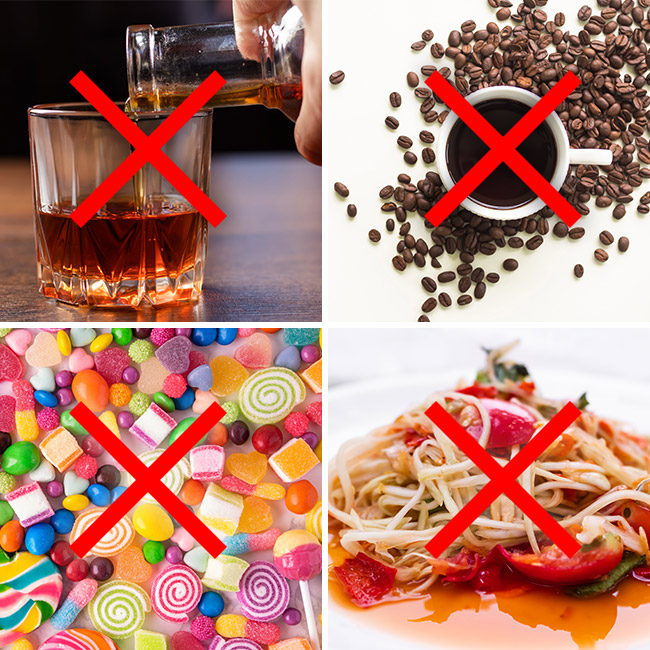
Conversely, avoid sugary treats, alcohol, caffeine, spicy foods, or anything heavy. When you can’t sleep, it can feel tempting to reach for a treat to distract yourself. It’s hard to go for the healthy option when you are managing pain and insomnia, as it can feel like being deprived. But it might be worth a try to achieve improved rest.
“Something I found interesting is getting a few minutes of sunlight a day can assist with sleep. Those few moments of outside daylight assist in converting chemical melatonin in the body. You may have heard of it as a popular over-the-counter supplement. By going outside and eating different foods, the need to supplement with melatonin is eliminated.”
– Jennifer “Lizzie” MacDonald
I’ve heard of chronic pain patients enjoying warm tea at night without distractions. Instead of being in a dark quiet room, the act of drinking warm tea becomes the meditation. I know someone who swears by two kiwis before bed to aid in sleep. I personally am a big fan of roasted pumpkin seeds which contain tryptophan as well as magnesium and zinc — all of which aid in controlling the sleep cycle. A patient told me last week how she sleeps better after she changes her sheets—proven effective by sleep specialists.
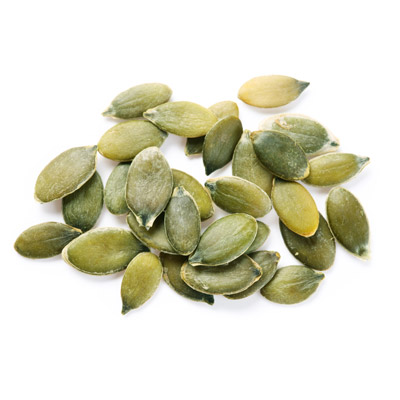
Other ideas I have heard over the years include writing down troubling thoughts in a journal by your bed to clear your mind of stress. Making a “to do” list for the next day to clear your mind. Writing makes many people sleepy. The distraction of holding an ice pack in a towel to the chest can aid sleep. Some patients get up when they can’t sleep while others choose to only use their bed for nighttime sleep. I regularly use power naps during the day in my same bed and haven’t found it disruptive. It’s personalized.
Dr. Weil created the “sleep breath”, also known as the 4-7-8 Breathing Technique. It has some limited research in helping anxiety in falling asleep. It is a deep-breathing technique to add to other mindfulness techniques. The article gives insight into this breathing technique, as well as tips on how to do it if you have difficulties breathing. If you decide to try it, start lying down. When I was introduced to the sleep breath, I was told to stop if I felt anxiety or depression when doing it. It was very uncomfortable in the beginning, but the sleep breath is something I use regularly throughout the day to manage pain and stress and clear my mind.
If sleep continues to be elusive, speak with your doctor about a prescription for assistance with sleep. Depending on your condition, a sleep study might be warranted. No one expects you to power through it. Be honest with your doctor about having trouble falling asleep, staying asleep, waking multiple times, or getting up. Depending on your specific sleep problem, you can work with your provider to come up with a medical regimen to help sleep. Ask very specific questions about dose and repeating medication. Sometimes taking a medication to aid sleep after a certain time can cause excess sleepiness the next day. Also note side effects. Be clear to follow instructions exactly as they are written. While getting good sleep is important, being over sleepy can be dangerous and lead to somnolence during the day.
A sleep trick that works for you might not work for someone else. But if you work toward making sleep a practice, your sleep should improve. In my personal sleep journey of having insomnia to having relatively great sleep with chronic pain, I had to work at it for years. I have my own toolbox filled with sleep “tools” I’ve developed personally and with medical guidance.

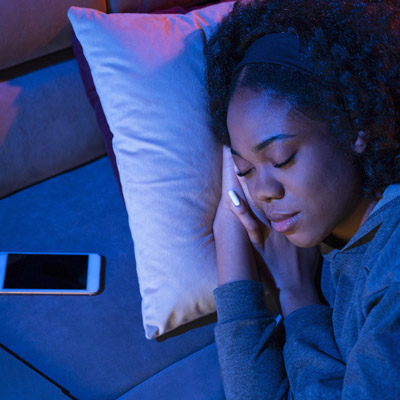
The advice about avoiding electronics at night is the one sleep hygiene tool I must follow. And some nights, I know sleep isn’t going to work out for me. After I get over being frustrated, I try to rest as comfortably as I can while listening to soft, relaxing, music and often reading a book, knowing I have the next night to try again!
“Don’t give up! Sleep is something we must work at as part of our overall health” – Jennifer “Lizzie” MacDonald
If you are interested in free recorded meditations which are calming and emphasize living with calm with chronic disease, I recommend these. They add a new one each week. You do not need to be diagnosed with scleroderma to listen to the recorded ones or listen to them in a particular sequence. It’s a huge library for anyone! They have helped me immensely.
Download and listen to “Relaxations Breathwork & Meditations by Yoga for Scleroderma by Lori Pierce”
Before trying anything new with sleep such as exercise, supplements, and even breathing, make sure you clear it with your doctor. If you are interested in more individualized ideas to help you sleep, contact me—I’ve been there.
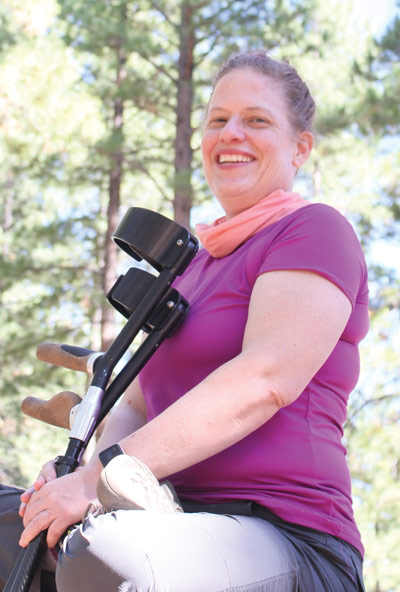
Jennifer “Lizzie” MacDonald leads the PATH – Patient Healthcare and Wellness Program at River’s Edge Pharmacy. As a patient with multiple chronic conditions, Lizzie has first-hand experience with navigating the complex health system.
Throughout her journey, she has become impassioned with sharing her knowledge and serving as an ambassador for patient independence, wellness, and recovery. This not only lead to patients’ relief and comfort, it has provided an opportunity for doctors to utilize a patient advocate for more effective and time-saving care in their practices.
Lizzie is an outspoken supporter of creating community through support groups as well as through the invaluable connection of one-on-one interactions for patients who are managing chronic/complex illnesses. Through her efforts, she has emboldened patients to share their ideas, goals, and triumphs, as well as live life to the fullest, regardless of their condition(s).
Lizzie is also a contributing author to River’s Edge Pharmacy’s News and Articles
